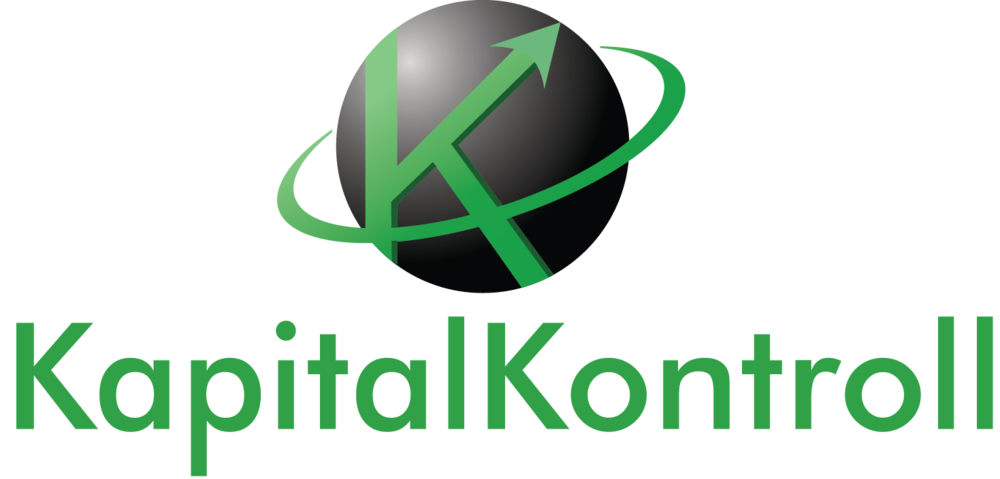Payment risk may still increase despite interest rate cuts
On June 18, 2025, Norges Bank lowered the key interest rate from 4.5% to 4.25%. Many expect another 1-2 interest rate cuts during the autumn/winter. Lower interest rates at first glance give reason for optimism due to lower borrowing costs, increased purchasing power and more economic room for action for households and businesses. But the development also gives reason for vigilance, especially for those who invoice many customers and handle outstanding claims.
Even though interest rate cuts ease the pressure on household finances, we will not necessarily see an immediate improvement in payment behavior. On the contrary, experience and statistics show that when borrowing costs fall, the demand for credit increases. This in turn can lead to more people borrowing more without necessarily improving their ability to pay. The result of this can be that more invoices remain unpaid and that the number of debt collection cases increases, despite lower interest rates and generally more money in circulation.
Figures from the Norwegian Financial Supervisory Authority for 2024 show that the number of new debt collection cases against consumers increased by 12.8% compared to the previous year. The total number of cases under processing exceeded 6.5 million, of which over 89% were against consumers. Almost 4 out of 10 claims were for less than NOK 500, and over 70% were for less than NOK 2,500. The number of cases related to consumer loans increased by over 15%. This occurred in an economic situation where the key interest rate has been stably high since December 2023, while it is now on the decline.
Payment problems were increasing during the period, and it can be assumed that more households are living on margins. An interest rate cut may lead to more people seeking new credit, without necessarily clearing up existing debt first. When credit is used to cover current expenses, there is a great risk that bills and invoices will be downgraded and the number of debt collection cases could, in the worst case, increase further.
For businesses that invoice customers, whether for products, subscriptions or services, it is important to be prepared for this development. Traditional debt collection is often unprofitable, especially for smaller claims. Fees and commissions eat up large parts of the original amount, and the process is often slow and not very customer-friendly.
Self-service debt collection gives businesses better control and lower costs. By automating the follow-up of overdue claims via email, SMS and payment links, payments can come faster and with higher profits. Communication becomes simpler, more targeted and is usually better received by customers.
Falling interest rates do not mean that the risk disappears. On the contrary, lower borrowing costs and increased consumption can lead to more payment problems, which only become apparent months later. Self-debt collection is therefore not only smart, but a necessary tool to ensure liquidity and limit losses in turbulent times.

